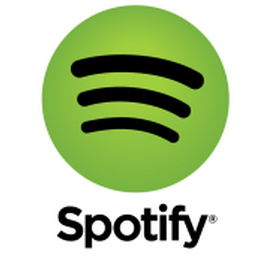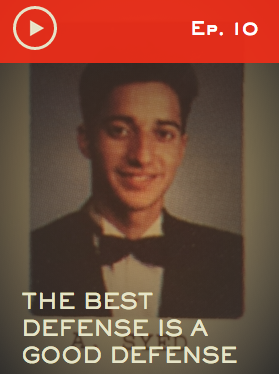

It appears that both music streaming and podcasts are finally becoming a part of mainstream life, but that has taken more than 20 years of work. And some new changes to the most popular music streaming services could nudge them farther along.
It was 1994 when Rob Glaser, an entrepreneur from Seattle, came to my house to show me the new RealAudio streaming service from his startup, RealNetworks. I was amazed when he made it possible to upload audio to the Internet that anyone could listen to just like radio.
I was actually a bit of a pioneer in the Internet radio business back in 2000 as one of the first employees of RedBand Broadcasting, where I hosted a weekly show called “Palo Alto Café,” named after a real coffee shop I frequented. The company and the show only lasted for a few months but — as I look back at that experience — I realize that we were creating “podcasts” four years before the term was coined.
In 2005, I jumped back into podcasting with a show called “LarrysWorld” that was produced and distributed by IT Conversations, a now-defunct very early podcasting network started by Doug Kaye. I remember Doug’s incredibly high production values. All my podcasts were worked on by audio engineers to assure the highest possible audio quality — a process that sometimes took weeks.
Around June of 2005, I made the biggest mistake of my career. An Apple PR person called to secretly reveal that Apple was about to add podcasting to iTunes and offered me an exclusive: An audio interview with then-CEO Steve Jobs that would have been iTunes’ first podcast.
I was about to leave for Europe and stupidly turned down the opportunity. In retrospect, I should have canceled that trip.

Both podcasting and music streaming have been on a rocky road, but the future looks good. Podcasting got a shot in the arm last year with This American Life’s wildly successful nonfiction “Serial” series, in which reporter Sarah Koenig investigated whether or not a convicted killer really committed the crime he was in prison for. It was downloaded more than 68 million times, CBS News reported earlier this year.
And music streaming is also doing well, sort of. Millions of people are listening to Pandora, Spotify, Rdio and other services though most are struggling financially.
Pandora is worth nearly $4 billion, but it has never turned an annual profit. Spotify, according to The New York Times, recorded $1.3 billion in revenue in 2014 but lost $197 million, up from a $68 million loss in 2013. Rdio, a private company, doesn’t publish its financials.
These companies have to pay royalties to musicians and labels, but professional musicians — including my son, Will Magid — tell me that they earn a tiny amount of money, even if their songs are quite popular.
While the economics of streaming have yet to work out, listeners are starting to tune in. Much of that, I think, is because of the ubiquity of cell phones and the fact that audio streaming doesn’t use nearly as much bandwidth as video, which makes it affordable to play audio even when connected by cellular. That enables people to enjoy streaming while driving, at the gym or while out walking or running.
When I’m driving, I divide my time between terrestrial news radio and either podcasts or music. I had an XM satellite radio for a while, but discontinued the service because I can get great content through my phone, which connects through Bluetooth to my car’s audio system.
Two recent announcements and a likely upcoming one could breath new life into the streaming market. A couple of weeks ago, Rdio announced a $3.99-a-month streaming service that lets you listen to and download up to 25 songs a day. Your downloads max out at 25 (older songs are erased as new ones are added) but for those of us who have limited time to listen to music, this is a good deal compared to the usual $10 monthly fee for unlimited streaming.
And Spotify, which offers $10-a-month unlimited service along with a free ad-supported option, upped its game on Wednesday, announcing the addition of video and podcasts. It is also adding an innovative feature that uses the phone’s motion sensors to measure your footsteps so that it can deliver music that matches the beat of your feet while keeping you motivated to run even faster.
But, as they say, “It ain’t over till fat lady sings” and Apple is the fat cat in the digital music business. The company is expected to announce it own digital music streaming service at the annual Wordwide Wide Developers’ Conference in San Francisco on June 8th.
If Apple does wind up re-branding and reinvigorating the Beats music service that it acquired last year, it could be an even bigger shot-in-the-arm for streaming music than Serial has been for podcasts.